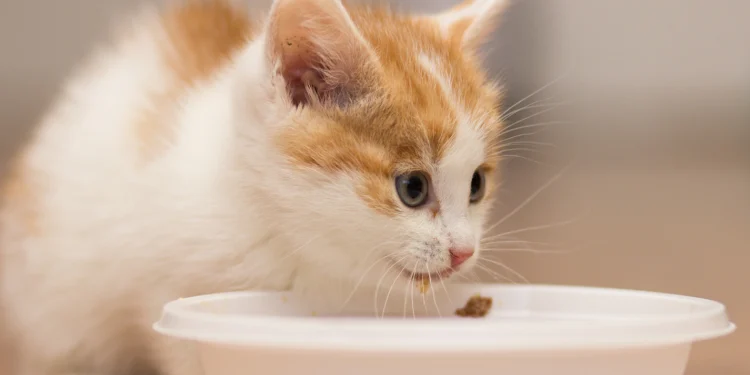What to feed a cat with no teeth? Cat owners often find themselves perplexed when it comes to feeding their toothless feline companions. There is a common misconception that cats without teeth struggle with digestion issues due to their inability to chew. However, the truth is quite different. Toothlessness, known as edentulism in medical terms, doesn’t have to be debilitating for cats. With the right dietary choices and proper care, you can ensure that your toothless cat continues to thrive.
In this comprehensive guide, we will explore suitable meal options for cats with weak or no teeth, address essential aspects of dental hygiene, and introduce Untamed’s range of wet food products designed to support overall feline health. While humans rely on teeth for chewing, cats primarily use their teeth as tools for hunting, not for grinding food. Their dental anatomy is a reflection of their predatory nature, with sharp incisors and canines for capturing and killing prey and molars and premolars to tear flesh into small, easily swallowed pieces.
Teeth also play other roles in a cat’s life, including:
- Picking up food or objects
- Nibbling at objects to alleviate anxiety
- Grooming themselves, as their tiny front teeth are efficient at untangling matted fur and removing ticks, fleas, and other debris from their coats
What To Feed A Cat With No Teeth?
1. Dry Food for Toothless Cats
Dry cat food can be a challenge for cats that have recently had their teeth removed, but over time, most toothless cats can learn to swallow kibble without difficulty. However, it may take them longer to finish a dry meal, as the coarse texture of biscuits can be uncomfortable for their bare gums. As a precaution, veterinarians recommend observing your toothless cat for at least 24 hours after introducing dry food. If they tolerate it well, you can incorporate it into their diet.
It’s important to note that nutritionists do not advocate for a diet predominantly composed of dry food for any cat, especially toothless ones. Cats on a dry food diet are at risk of dehydration, which can result in severe issues.
If you decide to feed your toothless cat dry food, consider softening the kibble with unseasoned clear soups or meat and bone broths. However, a better option is to transition to a wet food diet or combine wet and dry food to make swallowing more accessible for your toothless feline friend.
2. Wet or Canned Food for Toothless Cats
Wet or canned food is highly recommended for toothless cats, as it is easy to swallow and gentle on the gums, making it an ideal choice for cats with dental issues. In addition to its hydration benefits, high-quality wet food rarely causes stomach upsets in cats, as it closely resembles their natural diet.
As nutritionists advise, wet food rich in animal protein and low in carbohydrates should be the top choice for all cats, regardless of breed or age. If your cat was already on a wet diet before losing their teeth, there is usually no need to make any changes to their diet regarding texture.
Dental Care for Toothless Cats
While feeding the right diet is essential for toothless cats, maintaining proper dental hygiene is also crucial. Even though they may not have teeth, your cat’s gums and oral health still require attention. Here are some tips for ensuring good dental hygiene in toothless cats:
- Regular Gum Massages: Gently massage your cat’s gums with your finger or a soft cloth to stimulate blood flow and keep their gums healthy
- Dental Check-ups: Schedule regular check-ups with your veterinarian to monitor your cat’s oral health and address any potential issues
- Dental Wipes: Use dental wipes designed for cats to clean their gums and remove food debris and bacteria
- Dental Treats: Offer dental treats specifically designed for cats. These treats can help maintain oral health and freshen your cat’s breath
- Soft Toys: Provide soft toys or chew toys designed for cats to encourage them to use their gums and keep their mouth muscles strong
Conclusion: What To Feed A Cat With No Teeth?
Feeding a toothless cat doesn’t have to be a daunting task. By choosing suitable food options, such as wet or canned food, and taking proactive steps to ensure proper dental hygiene, you can help your feline companion enjoy a healthy and fulfilling life. Remember that toothlessness is not a barrier to a happy and well-fed cat; with your care and attention, your feline friend can continue to thrive.




